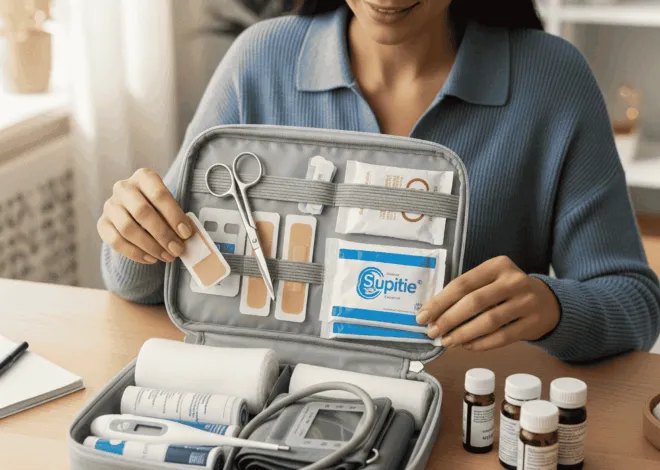If your doctor diagnoses your child with juvenile diabetes, remember that it is not a death sentence. Although there is no cure, research has made large strides in the treatment and management of this disease. With your help and the proper medication, a heart-healthy diet and consistent physical activity, your child can lead a long and normal life.
Causes of Diabetes
Diabetes is a disease characterized by high levels of glucose in the bloodstream. Although its precise cause is unknown, the medical community believes it is the result of a combination of genetic and other environmental factors.
Blood Glucose and Insulin
The carbohydrates that you consume become glucose. When your blood glucose levels rise, the pancreas reacts by secreting a hormone called insulin that allows the body’s cells and organs to use the glucose for energy. In a person with diabetes, either the pancreas does not secrete enough insulin or the body is unable to utilize it effectively, resulting in elevated blood glucose levels. If not managed properly, the high levels of glucose in the bloodstream, called hyperglycemia, can cause long-term serious health complications.
Types of Diabetes
The three most common types of diabetes are type 1, type 2 and gestational diabetes. Type 2 diabetes, the most commonly diagnosed form of the disease, is sometimes called adult-onset diabetes because it is most frequently diagnosed in adults. Gestational diabetes is a transient form of the disease that occurs during pregnancy. Type 1 diabetes, also called juvenile diabetes or insulin-dependent diabetes, is a classic form of the disease where the pancreas’ beta cells stop their production of insulin.
Prevalence
Type 1 diabetes can present at any age, but it is most commonly diagnosed in young children and adolescents. The American Diabetes Association reports that only 5 to 10 percent of those afflicted with the disease have type 1 diabetes, and it occurs in roughly 1 in every 400 to 600 children.
Management of the Disease in Children
The disease is chronic and there is no cure, but research has come a long way in the treatment and management of it. Type 1 diabetics must inject insulin every day or wear an insulin pump to take over the process of getting insulin into the bloodstream, and they must monitor their blood glucose levels several times per day.
Contrary to popular belief, your child can eat sweets as a limited part of a healthy, balanced diet. You must monitor your child’s carbohydrate intake, including sugar, and coordinate insulin dosages accordingly. Meal planning will become a part of your daily routine, as your child will need to eat his meals and snacks at consistent times throughout the day. Be thankful if you have an energetic child, since physical activity is critical in managing type 1 diabetes.





